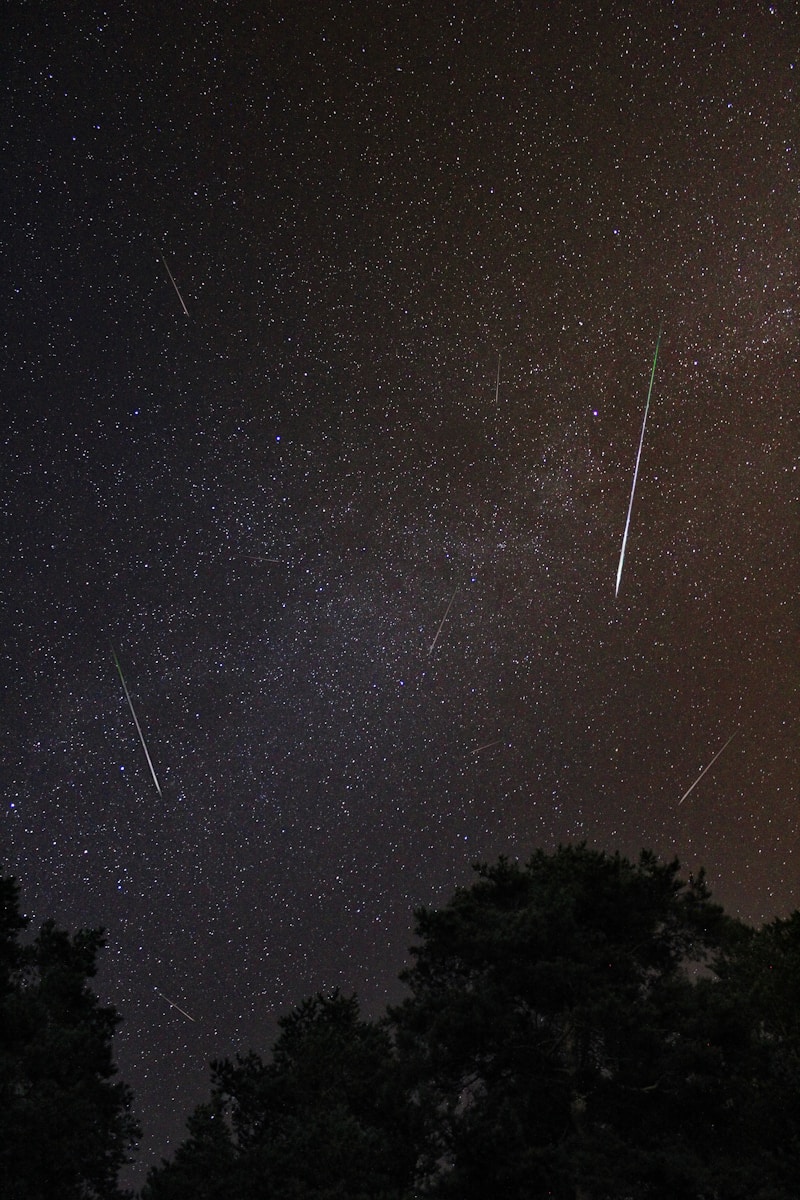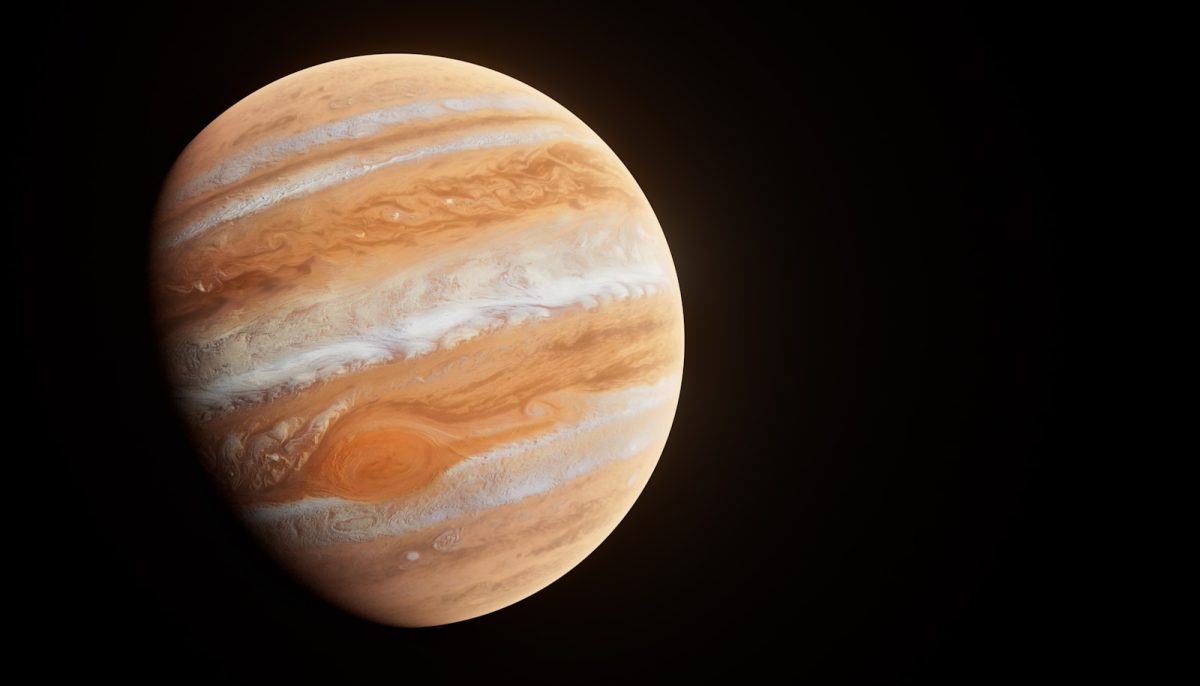
Pots with fancifully molded eyes, noses and mouths were one of the tip-offs. Adrian Chase already had a growing sense that Maya society wasn’t quite what it’s been traditionally portrayed as: powerful rulers reigning while powerless commoners obeyed — or perhaps lived far enough from seats of power to operate largely on their own. A picture of a more politically complex society has begun to emerge from Chase’s and others’ work.
An archaeologist at the University of Chicago, Chase leads excavations of residential sites in and near the ancient Maya city center of Caracol in what’s now Belize. This city once sprawled across valleys, hillsides and hilltops. At its height, Caracol stretched 240 square kilometers, about the size of Milwaukee, before it was abandoned and swallowed by the forest.
Accumulating archaeological evidence had convinced Chase that shared social practices, such as placing pottery and other ritual items in special shrines, bonded groups of farm families into dozens of distinct neighborhoods within Caracol’s urban sprawl.

Consider those face-decorated pots. Varying shapes and spacings of molded eyes and other facial features added up to signature ceramic looks at different neighborhood-linked shrines. And those pots were just one element of a range of shrine offerings — including three-legged plates, curved jars with thin necks, and small medicine bottles and paint pots — that neighborhoods appeared to combine in distinctive ways.
And then there were the teeth. Individuals buried at some neighborhood shrines had either carved jade nuggets implanted in their teeth or their teeth filed in one of two styles. No such dental decorations appeared among the dead interred at other shrines. Various tooth alterations further defined neighborhood- specific shrine practices.
Pottery styles and tooth alterations together formed patterns specific to neighborhoods, Chase says. “There is a community aspect to these finds that reflects tight-knit neighborhoods.”

Caracol citizens, including those who lived well beyond downtown temples and pyramids, were not simple farmers growing crops in the service of a king, Chase suspects. Groups of as many as several hundred people had formed farming neighborhoods that built local ritual structures and followed distinctive ceremonial practices, apparently through their own collective efforts.
Neighborhoods, in turn, belonged to administrative districts with ties to royalty and other downtown political big shots. Stone compounds scattered throughout the city — each with their own ceremonial centers and plazas that probably hosted marketplaces and ritual events attended by crowds from nearby neighborhoods — represented districts’ bureaucratic service centers.
Neighborhoods and districts formed rungs of a political system in which central rulers sometimes gained power and laid down the law. At other times, royal dynasties crumbled and lower rungs in the political hierarchy assumed primary control.
Related Stories:
https://en.wikipedia.org/wiki/Maya_city
https://journals.openedition.org/jsa/13456
https://en.wikipedia.org/wiki/Maya_civilization
https://www.ncbi.nlm.nih.gov/pmc/articles/PMC9629605/
https://digitalcommons.unl.edu/anthropologyfacpub/206/
Take Action:
https://phys.org/news/2022-09-exploring-ancestral-maya-neighborhood.html





